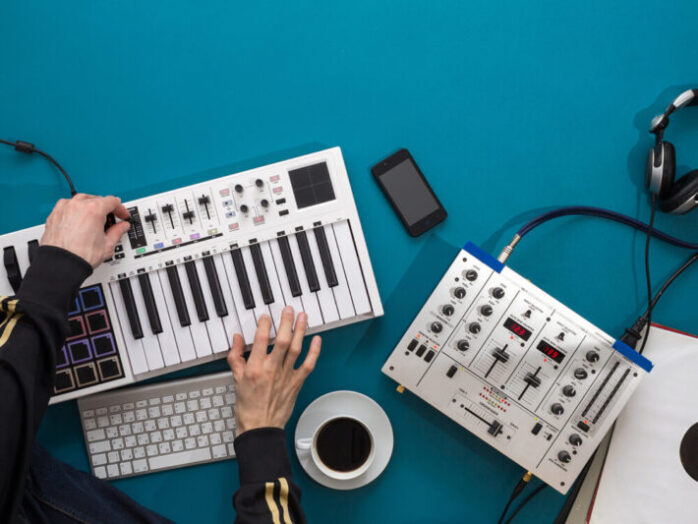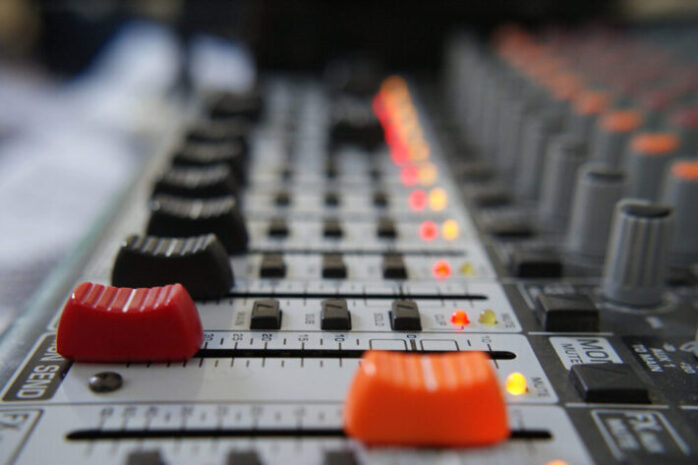
In the music industry, every music producer has their style of making music. Along with the unique style, each producer follows a unique process. If you’re an aspiring music producer, you need to develop and perfect these steps along the way.
There are different styles (with similar steps) when producing music. Each level requires excellent attention to detail since it’s necessary to make your music enjoyable to the people. These steps are fundamental when making good music, and can aid you to discover your style and process.
Composition
During this stage, you have to generate ideas regarding how your music will sound like. Here, you will have to think of the song’s tempo, harmonics, melodies, etc. These choices, while small, will be defining traits your music will have in the final stage.
This means that every choice in this stage is crucial and is necessary to shape your final piece. Once you establish these factors, the remaining steps will be easy. Think of these factors as a core to your piece. Without them, your music wouldn’t take shape at all.
To be more specific, this stage requires your choice of song key, instruments, and tempo. You can then decide on the song progression and the motif of the piece. Also, choosing a beat will be beneficial to the overall vibe of the song.
In short, the first step is all about experimenting with ideas. Do not get caught up about sound design, mixing, and editing as those things will come up soon after.

Arranging
One of the most neglected steps and even largely ignored by newbies is music arrangement. Sure the first step decides on the overall beat, harmony, and melody of the piece, but arranging them makes the song more interesting for listeners.
To create a more compelling song, it is not enough to just execute the first verse and play the chorus repeatedly. This makes your song bland and repetitive.
One thing you should remember is to utilize a buildup. For example, add some buildup for the first chorus. In the first verse, only play the vocal and the guitar. When the chorus plays, add the beat, synth, and the backup vocals.
With the arrangement, try and create a more diverse feel to your song. This is an excellent time to experiment with what instrument goes with each section of the song. Decide on what element you want to focus on each segment and avoid being repetitive, especially on the instruments.
Sound Design Process
After the arrangement of the piece, the sound design process comes next. During this stage, you can experiment and create original sounds for your music, as well as play with different techniques to make your music more enjoyable.
Most music producers prefer having the sound design process immediately after arranging the piece. This is because having all the parts arranged will give the producer more time to come up with different ideas regarding sounds and vocals. Also, with the arrangement first, mistakes will become more apparent and easy to spot, allowing you to see the parts that you want to be changed.
However, this step is the most troublesome for producers since the sound design process can take days and even weeks to finish. Because of this, most producers tend to set the sound design process in sessions to avoid making the process longer.

Editing
In this stage, you will be cutting, dragging, dropping parts of your music to make the different elements fit together. This stage is where you will also decide on what aspect you want to keep in the overall piece, such as a segment, instrument, or lyric. Lengthening and shortening each section (or the whole piece) also takes place in this stage.
Mastering
Simply put, mastering an album is about adjusting and enhancing your song for distribution while maintaining the overall quality of the piece. In this stage, you will have to choose the media you will be distributing it to, like through downloading, broadcasting, or streaming. The type of media will affect the interpretation of the music, so producers tend to adjust it accordingly.
You can research various tools and methods to ensure that your track is audible, has a good image on the stereo, and has a clear and accurate sound. However, this job leans more for audio engineers. If you have one on your team, they will make sure that the track is excellent in any media.

Takeaway
The steps mentioned above are critical and necessary for beginners to follow. Having ideas is not enough. You have to follow these steps to have a clear cut view of the whole piece. Mastering these steps is your priority, and you can find your style later. But first, you need the right tools. If you are looking for music software that can help you create beautiful music, check out https://samplified.us/blogs/news/ableton-live.











